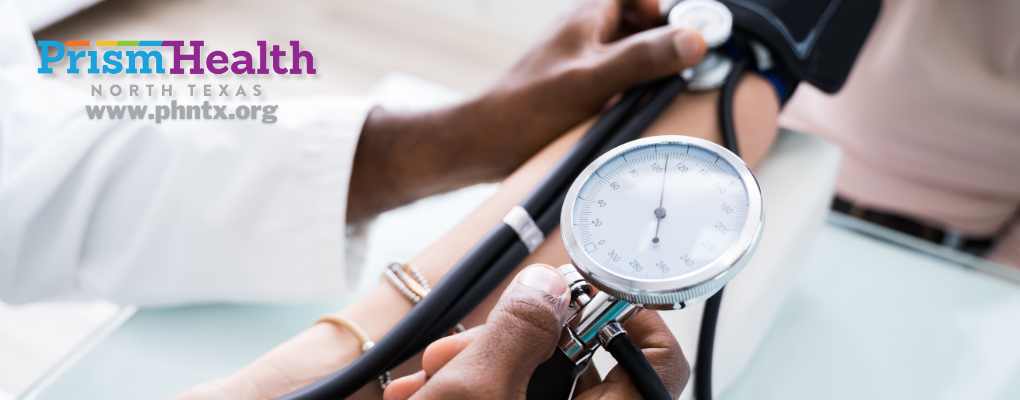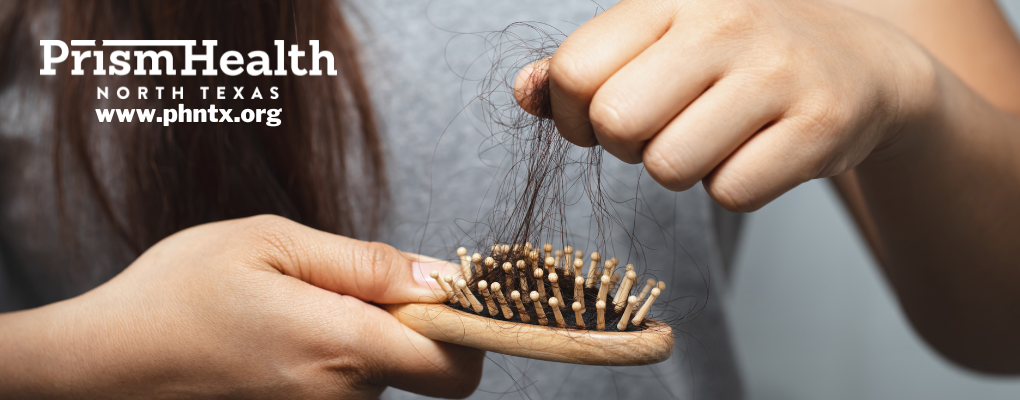
How to Recognize and Treat Heat-Related Illness
Published: 06-21-2023 | 2 MIN READ | Author: Prism Health North Texas
As you know, it gets hot in Texas! Did you know heat-related illness can start to be a concern starting at temperatures starting at just 90 degrees?
Every year in the United States:
- An average of 702 heat-related deaths occur.
- On average, 67,512 heat-related ER visits are heat-related.
- About 9,235 are hospitalized due to heat.
What is heat-related illness?
Heat-related illness occurs when your brain is not able to regulate your body to the temperature it is supposed to be. The average normal body temperature is 98.6 degrees.
Heat-related illnesses include:
- Heat cramps – Painful muscle cramps or spasms that occur while (or after) exercising or intense sweating.
- Heat exhaustion – The tiredness your body feels after it loses too much water and salt due to heat. You feel fatigued and lethargic. If the feeling is not addressed and your body temperature is not brought down fast enough, it can lead to heat stroke.
- Heat stroke – Heat stroke occurs when the body’s temperature-regulating system (the brain) becomes overwhelmed by heat and shuts down. Serious injury and death can occur if it is not treated quickly.
Symptoms and heat-related illness treatment:
There are several key symptoms to look for and action steps when heat-related illness can be a concern.
Heat cramps:
Symptoms – Muscle pains and cramps (typically in legs) and flushed or moist skin.
Treatment – Stop the activity and move to a cool place. If a cool place is not available remove extra clothing and cool the body with cool clothes or fan the skin. Drink sports drinks with sugar and salt while slowly and gently stretching the cramping muscles.
Heat exhaustion:
Symptoms – Pale, moist skin, fatigue, nausea, vomiting, headache, or body temperature over 100 degrees.
Treatment – Stop the activity and move to a cool place. Remove extra clothing and cool the body with cool clothes or fan the skin. Drink sports drinks containing sugar and salt. If there is no improvement take them to an ER where they can be administered fluids by IV.
Heat stroke:
Symptoms – Warm, dry skin, rapid heart rate, fatigue, confusion, lethargy, loss of consciousness.
Treatment – Move to a cool place and call 911. Heat stroke needs to be treated by a doctor. While waiting, remove extra clothing and drench the skin with cool water. Put ice bags in the armpit and groin areas. If the person is conscious have them drink cool liquids.
How to prevent heat-related illness:
The best way to prevent heat-related illness is to prepare your body to be in excessive heat. You can do this by drinking plenty of fluids and wearing light-colored, lightweight, and loose-fitting clothing.
When outside in high temperatures take frequent breaks from activity to rest and drink liquids. Water and sports drinks will help the most while caffeine and alcohol should be avoided.
Wear hats, sunglasses, and umbrellas, or find shade, when possible, to help bring your body temperature down. Misting your skin will help keep down your body’s need to sweat and lessen the chance of overexertion.
Sources:
Heat-Related Illness (Heat Cramps, Heat Exhaustion, Heat Stroke)



